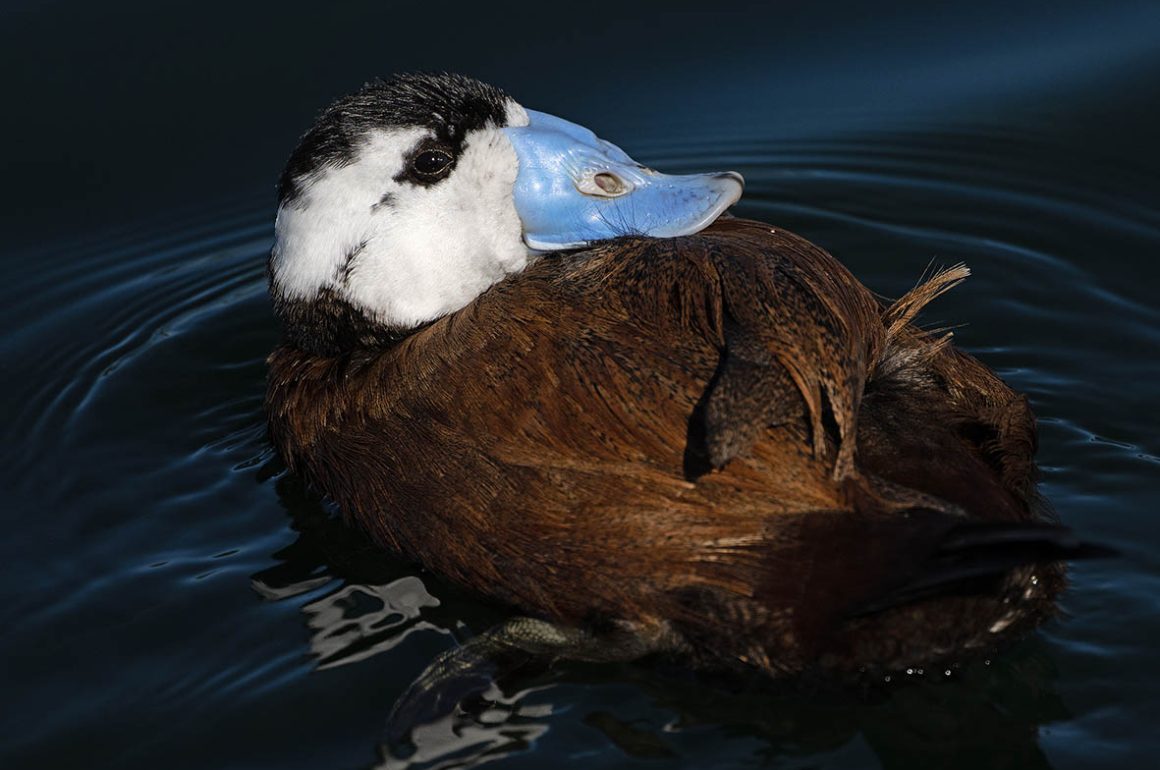
Those of us who have lived long enough to see significant changes to bird populations will have personal recollections of this or that species. I’m sure many in Europe will remember a world without Collared Doves (Streptopelia decaocto) but the younger ones will never have experienced a world without these ubiquitous town birds. The case of the Collared Dove seems fairly permanent, at least as far as we can detect. In other cases, especially with species on the edge of the range where local population sizes are likely to be small, changes may take the form of appearance or disappearance and even reappearance.
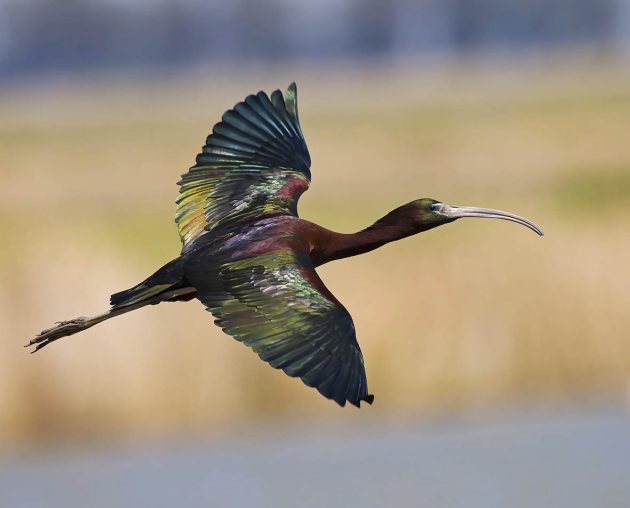
In other cases, we need a little help from historical sources to work out what’s happening. I recall reading Irby’s Ornithology of the Straits of Gibraltar (1875; Second Edition 1895) in which he described in detail the status of all the species in my area. In a number of cases, I wondered where some species had gone. Let’s start with Glossy Ibis (Plegadis falcinellus). Irby tells us that he saw great flocks at the lakes of Ras el Doura [in Morocco] in April but he also saw them regularly in other sites within the region of the Strait of Gibraltar. When I first read this, back in the seventies, I had never seen a Glossy Ibis. They were gone from the area altogether. It was towards the turn of the century that a new colony sprang in a clump of tamarisks in Doñana. I have spoken to many who work there and nobody really knows what happened. The result is that Glossy Ibises are, once again, around in great numbers, as in Irby’s day, and they are even spreading across many parts of western Europe, outside of the Iberian Peninsula.
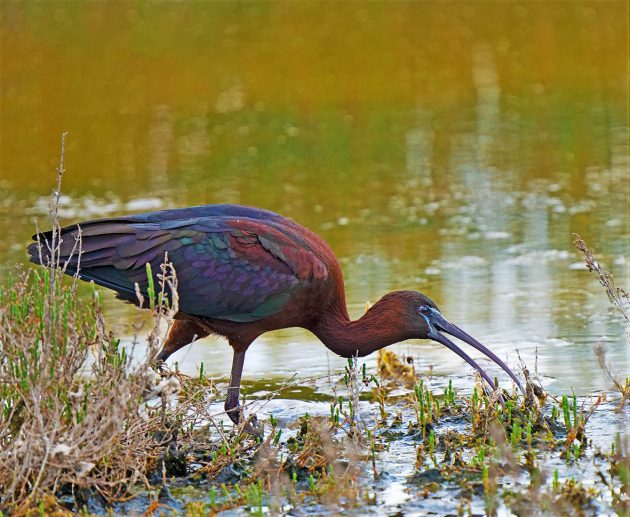
Let’s move onto the Purple Swamphen (Porphyrio porphyrio). Irby describes it as very irregular in its appearance but they nested in the area in wet years. Back in the seventies these birds were very rare indeed. Then came the eighties and, like the ibises later, we had a boom in the population. Today, they are common birds and appear in large numbers in some localities, as along the east bank of the Guadalquivir River, within the Doñana National Park.
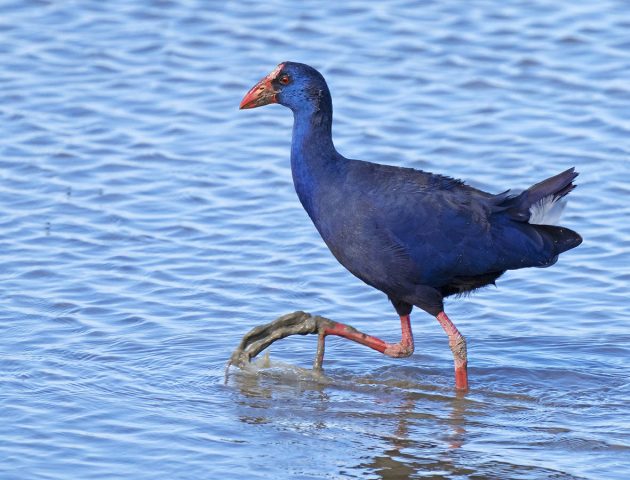
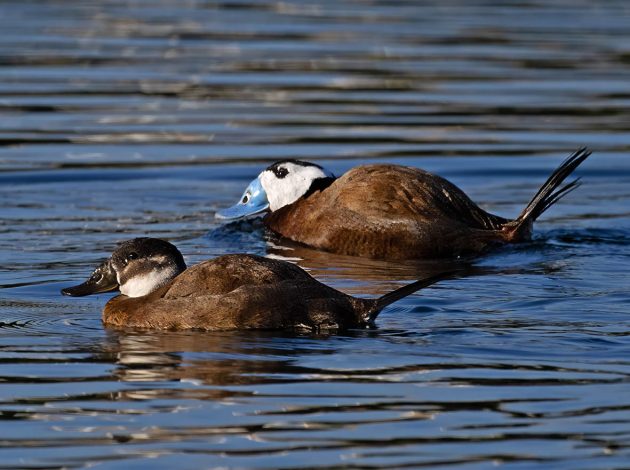
Now the White-headed Duck (Oxyura leucocephala). Irby describes it as not regular, but in some seasons quite common. In the seventies it was on the verge of extinction in Andalucia – down to 22 individuals in 1977. They were all in their last refuge – the Laguna de Zoñar in Córdoba. Now they are frequent in many Andalucian lakes. Here, we have a reason for the recovery. It was the efforts of Dr José Antonio Torres Esquivias and colleagues that saved the day. Tired of administration procrastination, they set up a national campaign, purchased a lake close to Zoñar, and the ducks started to recover. By the late eighties, I recall counting over 600 birds in a single flock in the Laguna de Medina in Cádiz!
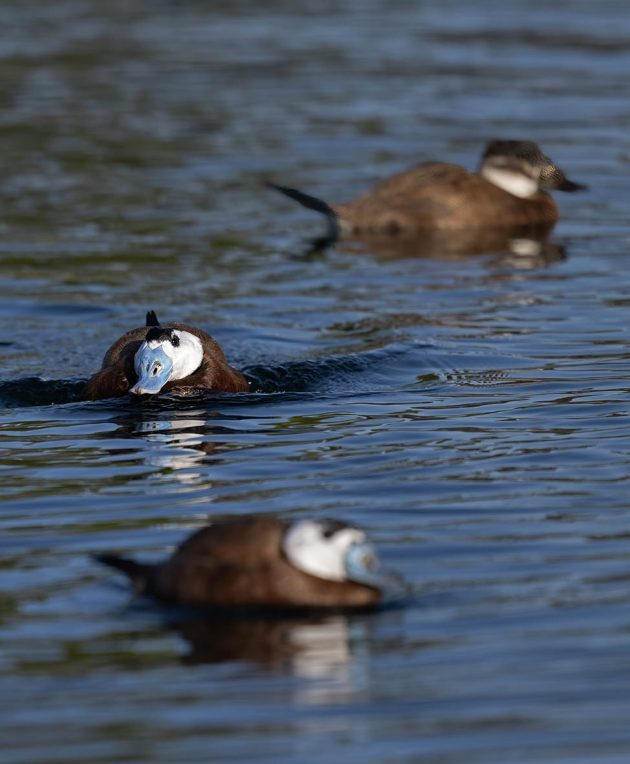
Then there is the Great Egret (Ardea alba), which I knew as Great White Egret (momentarily Egretta alba) and Irby as Great White Heron (Ardea alba for him too!). This was a very rare bird for him as it was for me in the seventies. Then, something changed, at a similar time to the Glossy Ibis boom, and these elegant egrets started to show up regularly. They are now well established and a regular feature of the wetlands in this area.
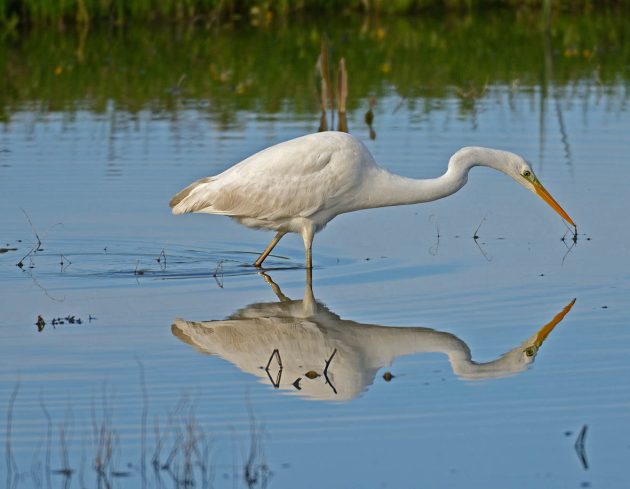
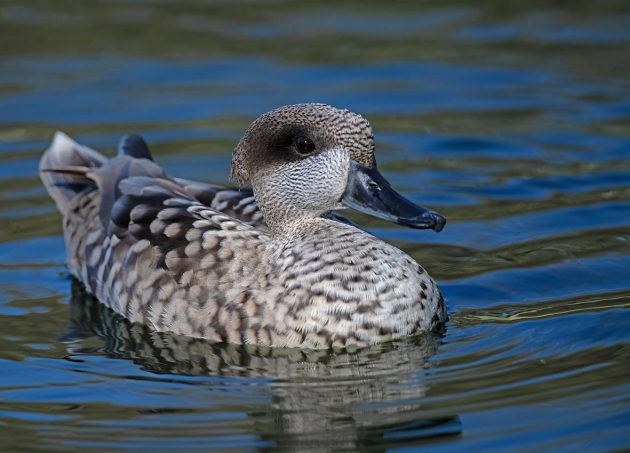
Next, the Marbled Duck (Marmaronetta angustirostris). For me Marbled Duck goes with Glossy Ibis, in that it was a rare bird for me but a species that I imagined in large numbers following Irby’s description of them being “exceedingly abundant” in Morocco. They are back, not in those numbers but showing a recovery. The cause here is an active release of captive bred ducks, largely by associations of volunteers.
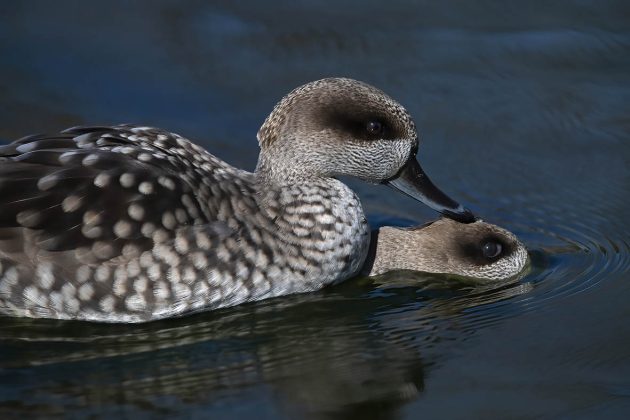
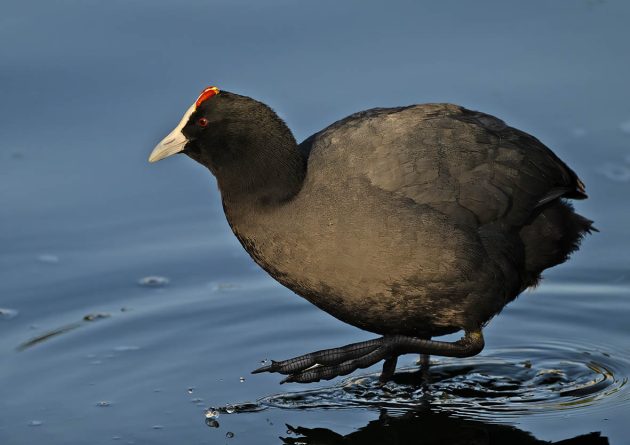
Lastly, the Crested (or Red-knobbed) Coot (Fulica cristata). This bird is also slowly recovering from a similar low, verging on local extinction, as a result of conservation efforts. But here we must beware. The Crested Coot is the African counterpart of the Common Coot (Fulica atra) and it just reaches the Palaearctic. Here, we have it at the very edge of its range so we cannot expect it to be abundant or widespread, unless there is a significant change in the environment.
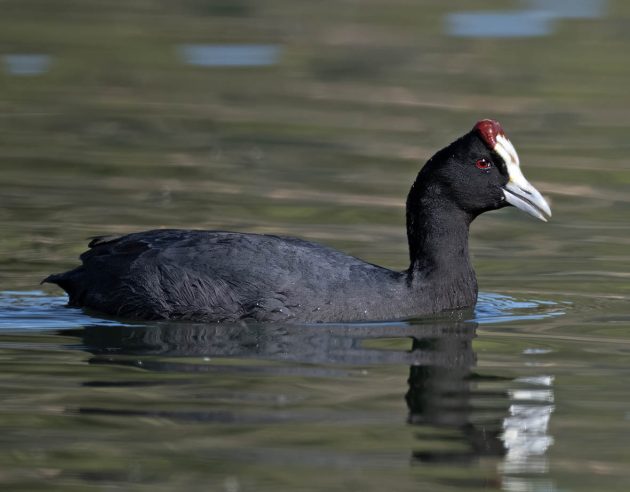
I could add to this list but I have cited enough examples to show the changing fortunes of these waterbirds. Used to having to exploit ephemeral water bodies, experiencing years of drought when they don’t breed, followed by boom years after rains, these birds may be operating at time scales that we cannot fathom at the human generation scale. Some, like the Glossy Ibis, may simply be responding to factors operating at larger scales (temporal and geographical) than we can relate to. Others, like the White-headed Duck or the Marbled Duck, are succeeding with our help. Such is the complexity of the world of the waterbirds of semi-arid regions.
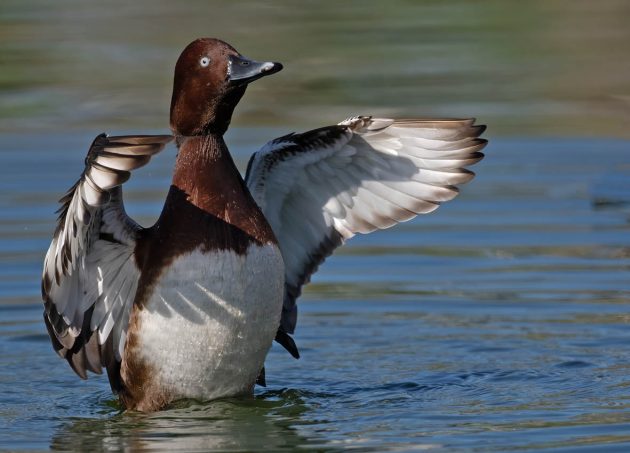













Fantastic photos as usual – and I am starting to suffer from acute Glossy Ibis envy …
Great pictures indeed. I have read the Glossy Ibis’ return is (partially) due to the rice culture and the American crayfish – providing both habitat and food in one go. We know loss of habitat is a mojor driver for the opposite effect of species disappearing.
That flying ibis really is glossy – great photograph. They look black in most of my photographs.
In 1968, as a teenage birdwatcher on my first serious overseas expedition, I went in search of white-headed ducks in southern Spain: my companions and I eventually found them on a lake to the north of Arcos de la Frontera. The day we visited a rather smart coot shoot was taking place, and we were horrified to see several white-headed ducks shot. They do look rather like coots when they fly. I recall being offered a glass of fino (sherry) by the shooting party, which I declined. Today it’s one of my favourite drinks, and I certainly wouldn’t refuse a glass!
Thanks for the informative article. Great pictures; however, I share Kai’s envy of the superlative Glossy Ibis photo! It’s a stunner.
Should read “Glossy Ibis photos. They are stunners!”